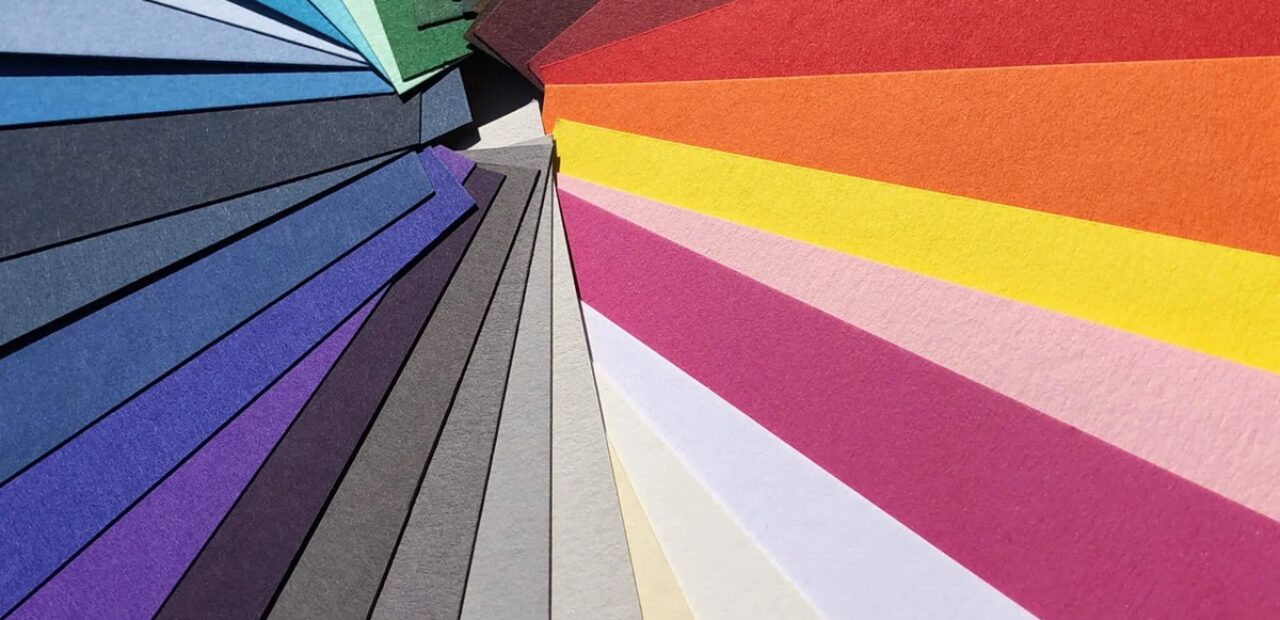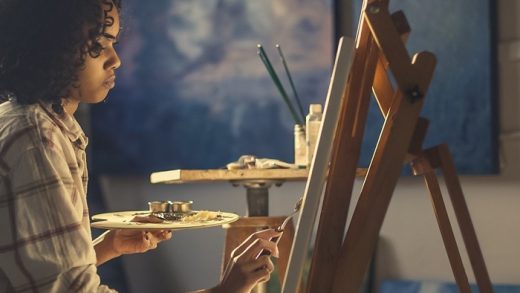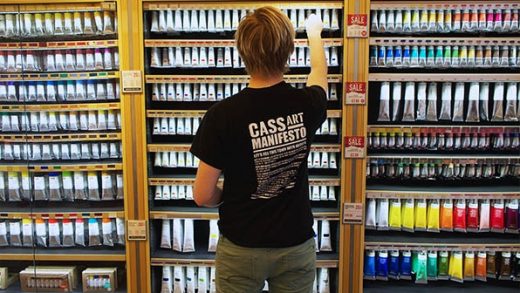Paper Potential: The Different Types of Paper and Their Creative Uses
Paper makes our lives easier in many ways. Whenever we go grocery shopping, we use paper bags to hold our items. It’s also a crucial part of gift giving used to wrap presents for loved ones. It’s the books that hold the written treasure of so many writers we cherish dear or the uniquely made cards and letters we keep with special notes inscribed on them.
Its obvious role is intertwined closely in many facets of our lives, and this is accomplished through various paper types. As paper appears in diverse forms such as cardstock, glossy, photo paper, etc. each has a distinctive set of characteristics that can be used for various creative and functional purposes. If you want to learn more about the variety of papers, join us on this journey as we are about to unveil the distinctive traits of different types, and how each holds a unique value in our everyday lives.
Cardstock

This is a unique type of paper that is thicker and heavier than standard paper. It is available in various colours, and patterns which makes it suitable for diverse arts and crafts projects. For instance, you can opt to use cardstock paper for engaging in a variety of creative projects such as creating greeting cards, party decorations, gift tags, etc.
If you are looking for a unique way to express your creativity, cardstock is the perfect supply to create meaningful gifts for loved ones. Besides, the joy of making something from scratch will multiply your pleasure. For example, by skilfully transforming sheets of cardstock into a lively arrangement of paper flowers, you can create a special gift that will achieve the goal of making your grandparents smile when they receive it.
Moreover, you can use cardstock paper to design personalised cards for a variety of occasions such as birthdays, wedding parties, or holidays. Parties, in particular, are perfect opportunities to unleash your creative side. You can simply decide on the theme of your party and immerse yourself in the craft project. Before you begin, you should consider the overall ambience you want to achieve and customise your decorations accordingly. Take for example specific holidays such as Christmas. For this type of event, you may create beautiful hanging decorations such as snowflakes or Christmas trees.
For birthday parties, you can craft festive hats by cutting and shaping the card stock into colourful cone shapes. You can embellish them with glitter or stickers to match the party theme of the event. To achieve this besides the obvious use of cardstock paper you will need additional materials such as markers or pens to draw your decorations, as well as glue and scissors for shaping and embellishing your designs.
Although this type of paper is commonly used by hobbyists and artists in the creation of various types of art projects, cardstock has other creative uses. Many graphic designers, for instance, use this paper to print various high-quality materials for their professional environments such as business cards, promotional materials and invitations. In educational settings, it is also used for the creation of diverse educational flashcards, and posters for studying or teaching purposes.
Coated Paper
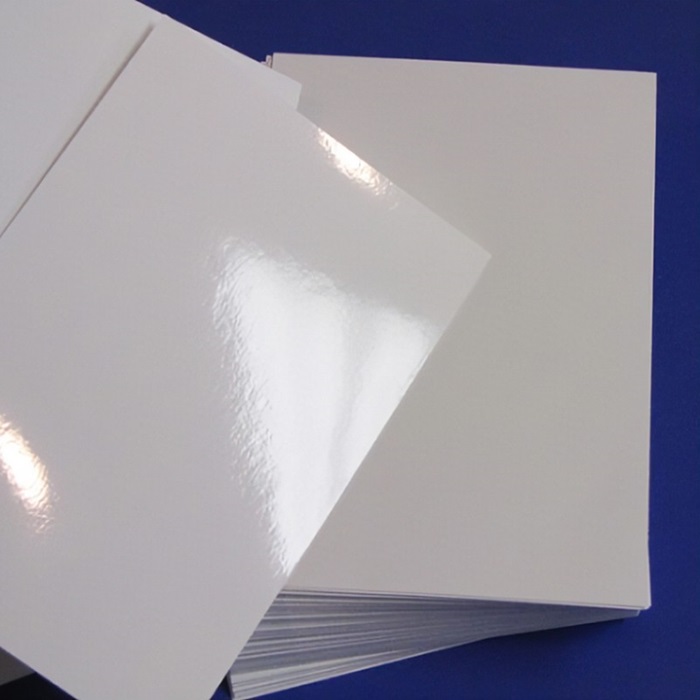
In comparison to cardstock, which is mostly used in the creation of various crafts and art projects, coated paper’s unique characteristics make it suitable for printing high-quality materials that are visually striking. What sets it apart from other types of paper, is that its surface has been layered with a coating that displays a glossy, matte or satin finish. This in turn reduces the level of ink absorption which results in creating sharper and more refined images.
Coated paper is commonly employed in the creation of many calendars, magazines and catalogues where quality images and glossy appearance are favoured to capture the attention of the viewer. Furthermore, this type of paper can be used in the printing of high-quality photographs, having the ability to portray detailed image reproduction where sharp details, and vibrant colours are crucial to achieve a professional look.
Watercolour Paper
Moving away from the glossy features of coated paper, let’s have a glimpse into the unique properties of watercolour paper design. You don’t need to have specific artistic knowledge to know that paper plays a crucial role in the creation of different types of art. As its name suggests, watercolour paper is most convenient for the creation of watercolour painting due to its highly absorbent surface.
This type is available in various textures such as rough, cold-pressed (medium), and hot-pressed (smooth), which in turn affects the appearance of the finished work. What makes it super absorbent is the fact that this paper utilises a higher amount of cotton in conjunction with recycled wood, which isn’t the case with traditional paper.
This feature provides a reliable surface that doesn’t let your paint splash over when engaging in this form of art. Besides this particular usage, artists use it for drawing portraits and illustrations that often involve detailed and precise work.
Photo Paper
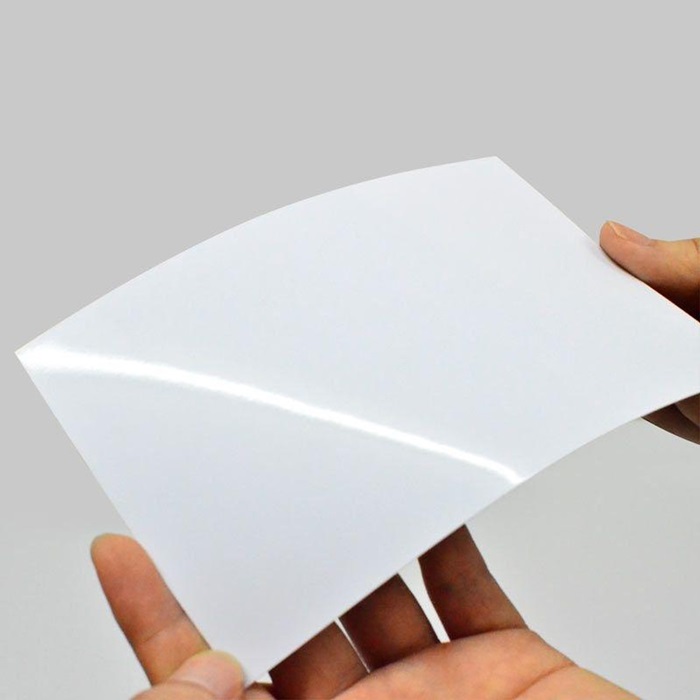
Have you ever thought of turning your favourite photos into a work of art? Before you decide on doing so, you may benefit from learning more about the unique features of photo paper. As its name suggests, this paper is commonly employed by artists, photographers, graphic designers and other professionals who find the distinctive qualities of this paper ideal for their type of work.
This paper’s unique features such as weight, coating and finish play a crucial role in the final presentation of the photo work. The texture of the photo paper can directly influence your photography. For instance, smooth surfaces offer a clean and contemporary look while textured paper which can mimic the look and feel of canvas and watercolour paper can add an artistic feel to your photos, making them look like works of art.
If you are keen on turning your passion for photography into a profitable business, knowing how to start a craft business isn’t enough, as you need to delve deep into the specific features of your chosen field and put your theoretical knowledge into practice. This involves aligning your vision with your creative potential and your budget. Besides investing in the right equipment, you also need to develop a defined business plan and choose the right photo paper that creates quality images that will satisfy your customers.

